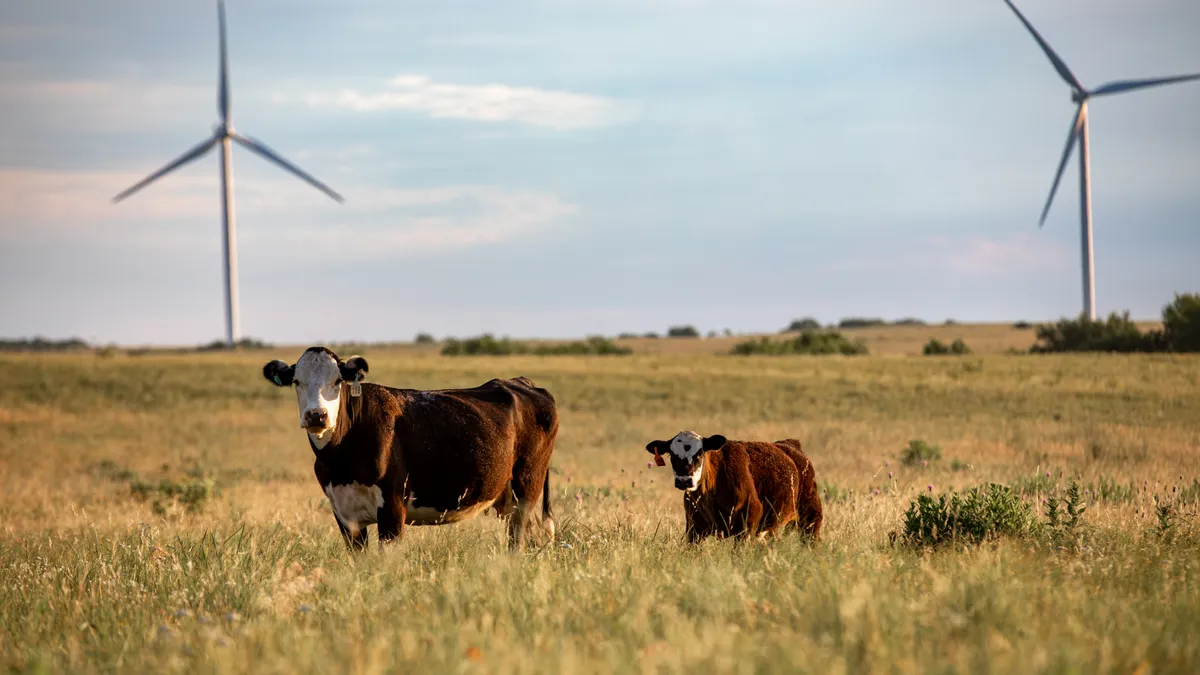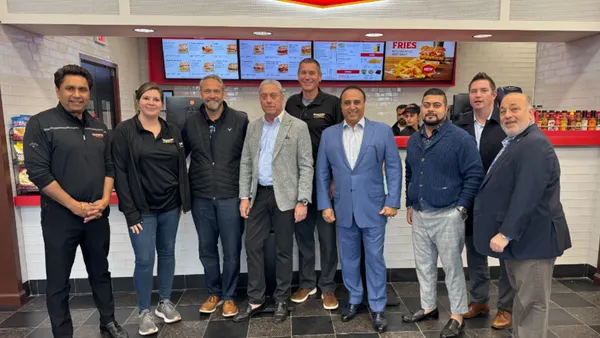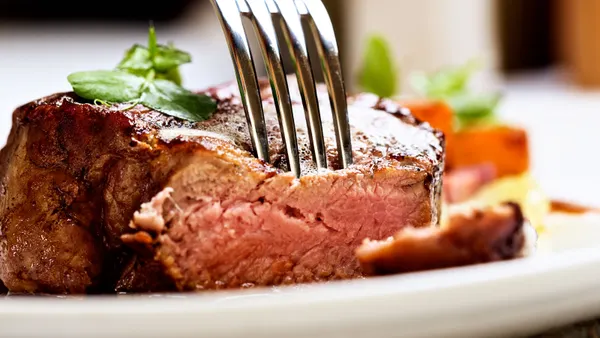Sustainability is an essential part of the resiliency of any business and that includes the supply chain. While the retail and food service industry provides a finished food product to the consumer, the entire supply chain plays a key role in bringing food from farm to fork.
At Yum! Brands, we know that building a more sustainable and resilient supply chain will help us reduce emissions from the food that we purchase and achieve our goals, but above all, it is simply the right thing to do. We also know that we cannot do this work alone, and it requires us to collaborate closely with our suppliers and industry partners.
That’s why we’re excited to be working alongside the U.S. Roundtable for Sustainable Beef (USRSB). Large scale collaborations and goal setting in sustainability are inherently difficult. Stakeholders rarely agree. Science and understanding are required. Importantly, trust must be established. However, the rewards of this level of collaboration can be significant.
The USRSB, a multi-stakeholder initiative made up of organizations throughout the food and agriculture industry, recently stepped up their commitment to sustainability by setting industry-wide goals. Working with members throughout the supply chain, the USRSB enlisted the help of ranchers, businesses and civil society groups to make sure the goals not only support a sustainable beef production system but also help ensure that everyone along the way remains resilient under varying conditions.
Launched in April, the goals are an extension of the USRSB’s definition of sustainable beef: a socially responsible, environmentally sound and economically viable product that prioritizes the planet, people, animals and progress. The goals are the next step in continuous improvement within the U.S. beef industry.
The goals are set around six high-priority indicators of sustainability:
-
air and greenhouse gas emissions
-
land resources
-
water resources
-
employee safety and wellbeing
-
animal health and wellbeing
-
efficiency and yield
Over the next decade, USRSB members will work on plans for all six indicators at every level of the supply chain from ranches to restaurants, including an aspiration to achieve climate neutrality for the beef value chain by 2040. Beyond the goals set for each of these six indicators, the USRSB has also set sector targets for each sector within the beef supply chain, including retail and food service. The alignment of these goals is critical as we all work together to improve the sustainability of U.S. beef from pasture to plate.
The U.S. food system is one of the most efficient in the world. The U.S. beef industry produces 18% of the world’s beef, with only 8% of the world’s cattle. Overall, U.S. farmers and ranchers export over 20% of what they produce. The size, scale and efficiency of the U.S. food system is critical to global food security and the economic livelihood of thousands of U.S. ranchers and producers; but it does present challenges. According to the U.S. Environmental Protection Agency (EPA), agriculture contributes approximately 10% of the total U.S. greenhouse gas (GHG) emissions, with beef representing about 2.5% of total U.S. GHG emissions.1 Water is also a critical factor in the sustainability of U.S. beef.
We know there is always room for growth and improvement in our sector and in the supply chain that supports us. With emerging technologies and an ever-increasing of focus on continuous improvement, there is optimism for the future. The goals of the USRSB will help align all segments of the supply chain, encourage broader industry collaboration and help ensure that the future of the U.S. food system and its beef production, remain efficient and more sustainable.
If you want to do more, think about joining the USRSB in taking action to protect the resources that sustain us all at USRSB.org/Goals. You can also get a quick evaluation of your company’s goals using the USRSB’s self-assessment tool or check out resources at USRSB.org/Resources.
- EPA. 2021. Inventory of U.S. Greenhouse Gas Emissions and Sinks: 1990-2019. U.S. Environmental Protection Agency, Washington, D.C.










